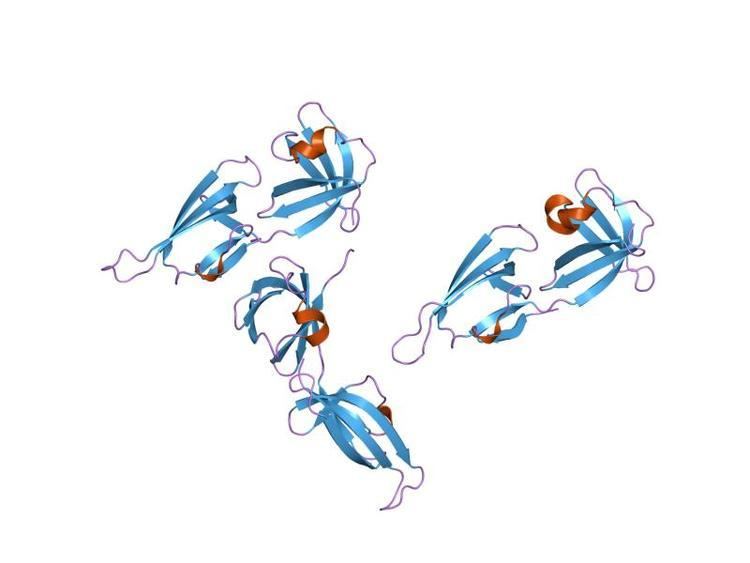Symbol EFP_N Pfam clan CL0107 PROSITE PDOC00981 | Pfam PF08207 InterPro IPR013185 Pfam structures | |
 | ||
In molecular biology, elongation factor P is a prokaryotic protein translation factor required for efficient peptide bond synthesis on 70S ribosomes from fMet-tRNAfMet. It probably functions indirectly by altering the affinity of the ribosome for aminoacyl-tRNA, thus increasing their reactivity as acceptors for peptidyl transferase.
Elongation factor P consists of three domains:
eIF5A is the eukaryotic homolog of EF-P.
Function
It has been suggested that after binding of the initiator tRNA to the P/I site, it is correctly positioned to the P site by binding of EF-P to the E site.
References
Elongation factor P Wikipedia(Text) CC BY-SA
